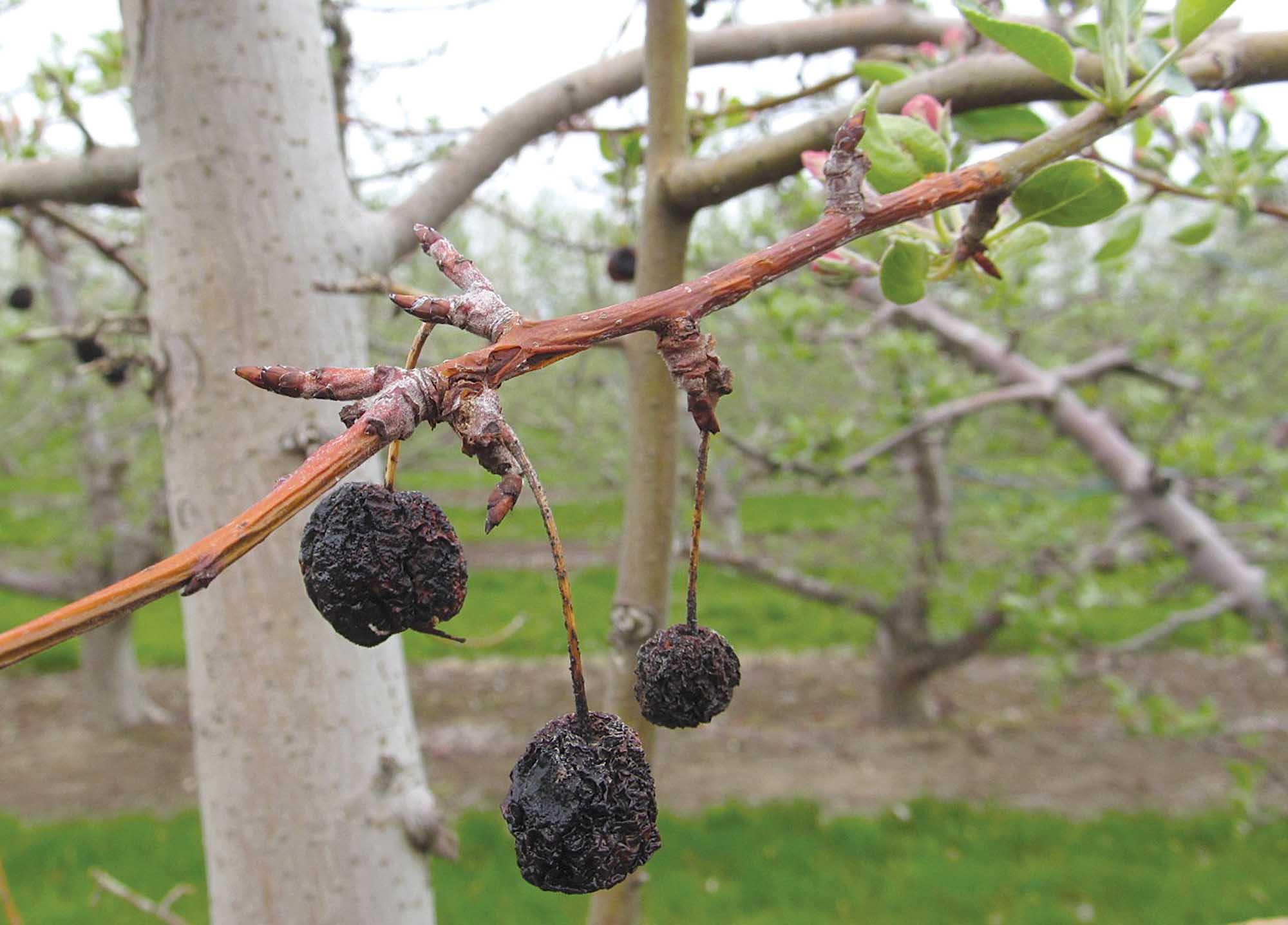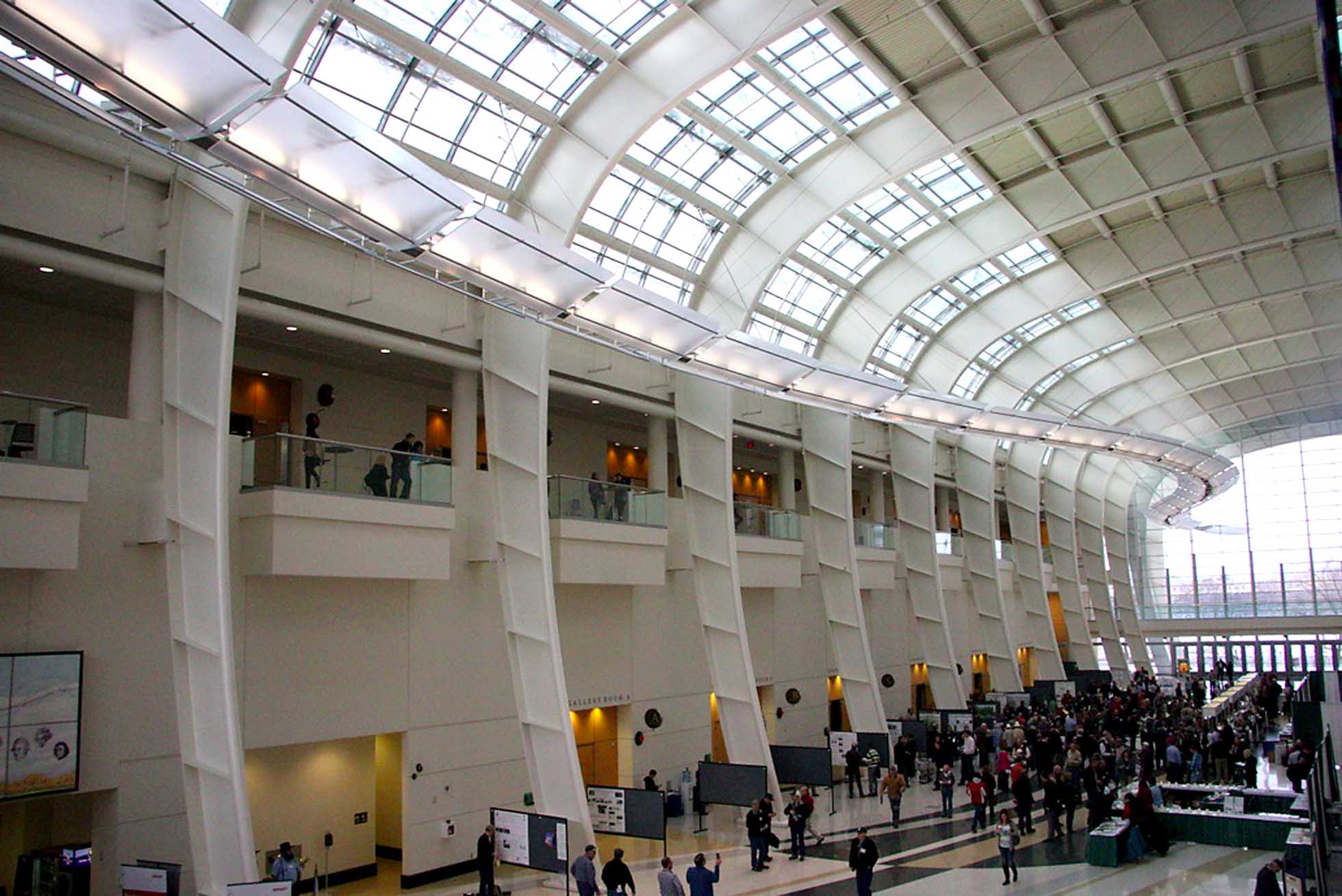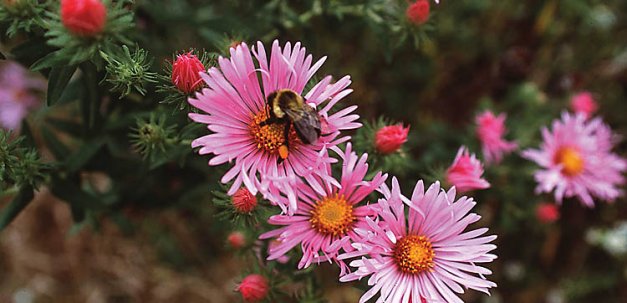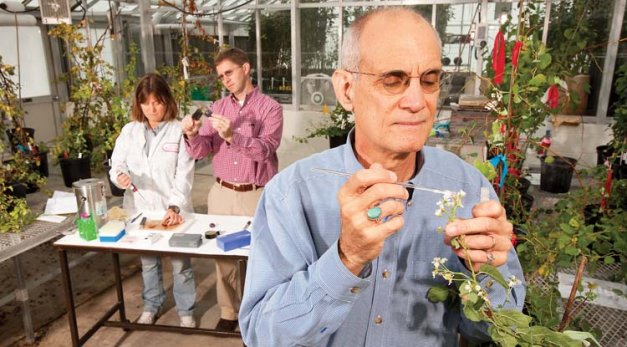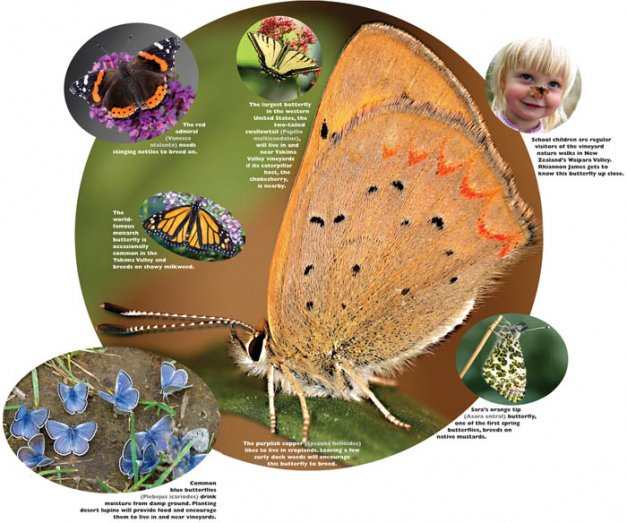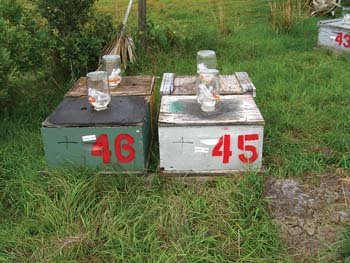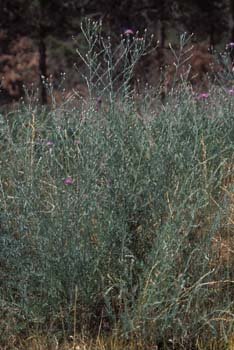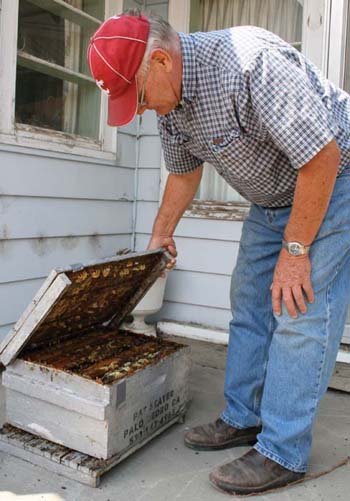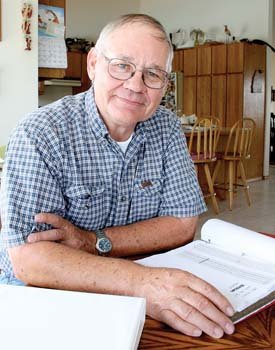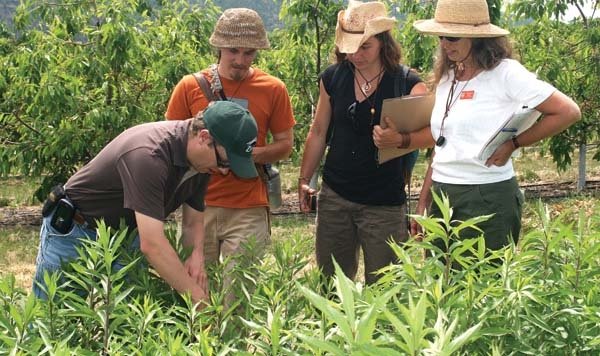ADVERTISEMENT
More food for honeybees
Landowners in the upper Midwest have until March 21 to apply for assistance under a
Managing crab apple diseases
Crab apple disease management starts in the orchard with pruning.
Michigan’s Expo draws record crowd
Speakers focus on threats to bees, funds for experiment stations, and fruiting walls.
Bee Informed Partnership
After five years of annual colony losses near or above 30 percent, beekeepers have settled
Safe havens for pollinators
A bumblebee finds nectar in a wildflower planting. PHOTOS COURTESY OF USDA NATURAL RESOURCES CONSERVATION
Three keys to successful pollination
Queen bees lay eggs singly in cells of the honeycomb. After the eggs hatch, worker
On a FasTrack
Horticulturist Ralph Scorza pollinates plum flowers while geneticist Ann Callahan measures sugar content and molecular
Beauty with benefits
David James Restoring native sagebrush steppe habitat in and near vineyards and wineries in central
New treatment against CCD
Remebee is easily administered—mixed into heavy bee syrup and fed in one feeding of one
Understanding cherry fruit set
Researchers, with the help of electron scanning microscopes, can view cherry reproductive organs, like this
Beekeepers fear loss of forage
The purple spotted knapweed flower is attractive to bees and a good nectar producer: However,
Skimping on bees can be risky
The strength of a bee colony is important, but it is difficult to assess without
Pollination role of native bees studied
The price tag for renting honeybees for apple pollination, just $35 per hive a few
Keep hives warm and dry
Placing beehives in a good location in the orchard is one of the keys to
Invite the whole community
Mason bee nests in the orchard of Robert Schreiber at Poysdorf, Austria, pictured during an
Cultivating beneficials
Mike Omeg checks for beneficial insects in goldenrod plants in an insectary alongside a Regina
Good to Go
Honeybee health Honeybee specialists and native pollinator experts from around the country will discuss bee

